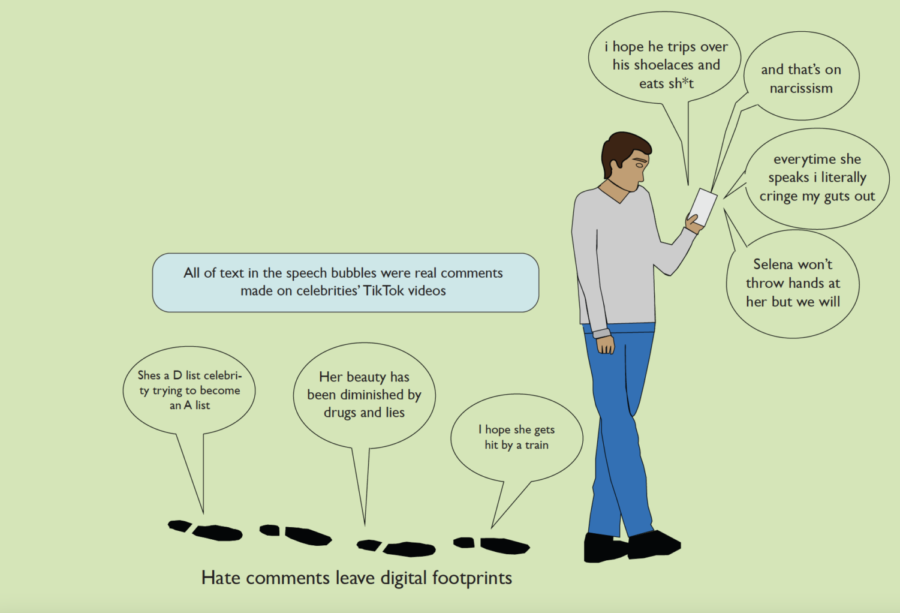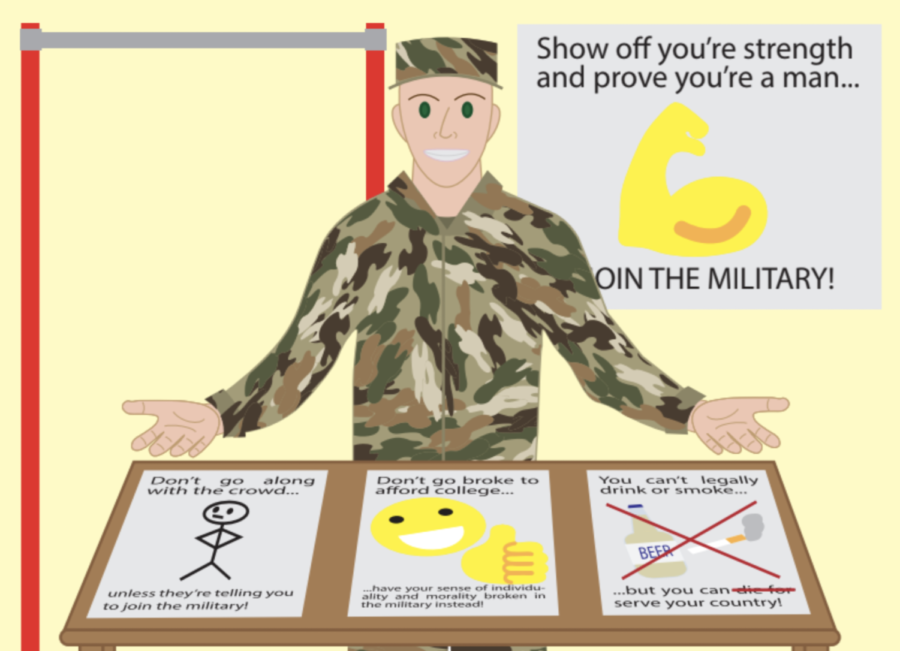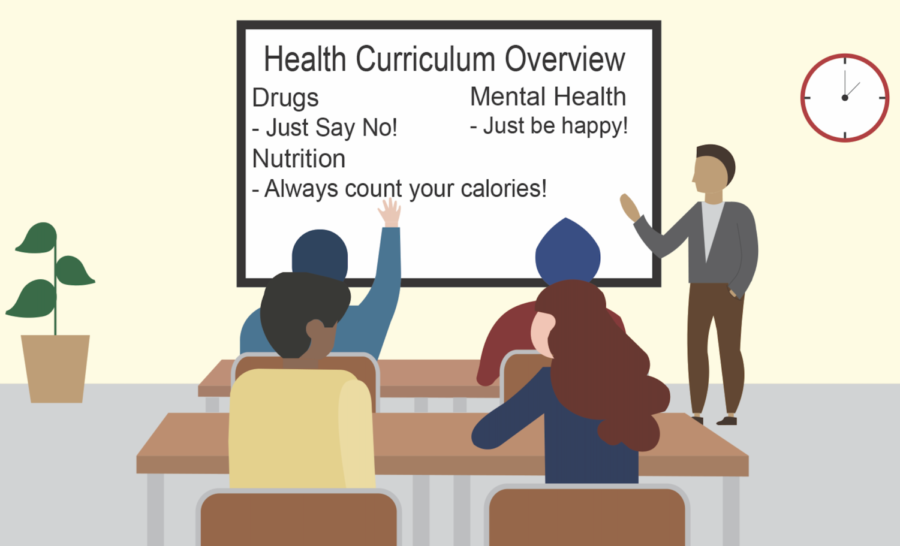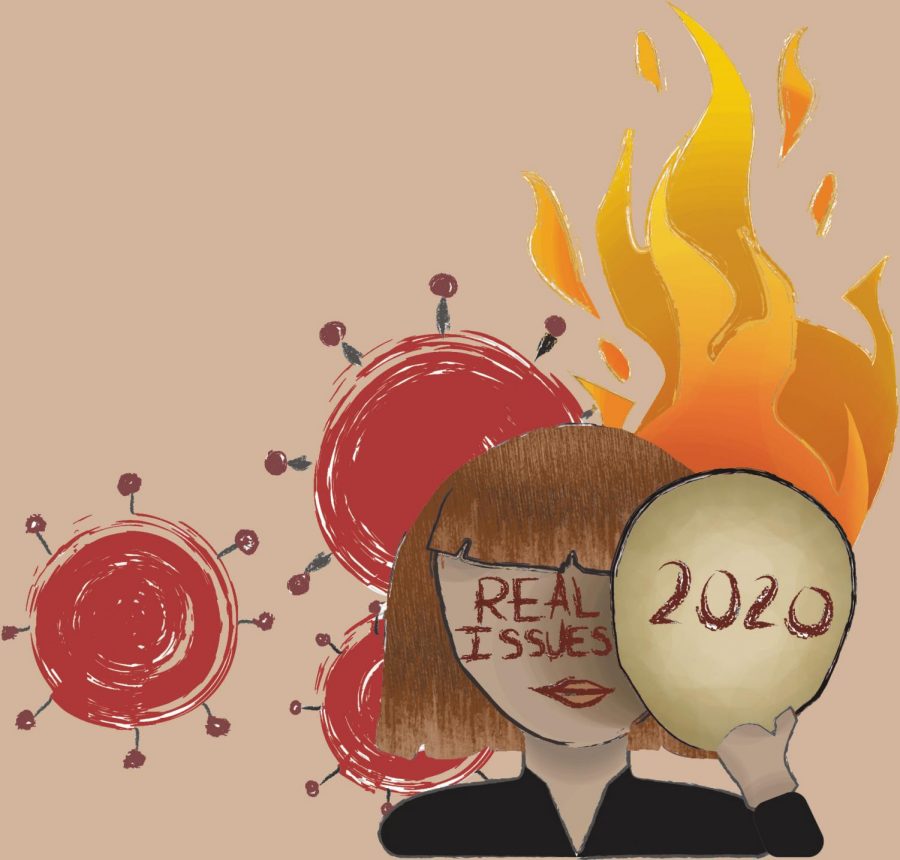
Beginning with the class of 2019, the Washington State Board of Education is implementing the “Core 24” program, which increases the number of credits that students have to complete in order to earn a high school diploma.
Core 24 requires students to complete twenty-four credits as opposed to the twenty-one that current seniors need. This increases the stress for high school students, as current juniors are required to complete three more credits than the seniors.
If students plan on sticking to the six-period day through four years of high school, they will only have the schedule space to take exactly 24 classes, leaving them with no room to fail any of them without risking the loss of their diploma. If students don’t pass a class, they will have to somehow earn the required credit outside of school or as an extra period the next year in order to graduate.
This is worrisome as it most heavily impacts those who juggle jobs and multiple activities outside of school, as their schedules are so packed that they have no time to fit an extra class in. Oftentimes, these extremely busy students are the ones who need the most flexibility in their school schedules, and Core 24 only makes matters worse.
In addition, the concept of three “Personalized Pathway Requirements” (PPR) to graduate is rather ambiguous. PPR are similar to electives, except that they are required to fit in with a student’s career goals. On the Northshore School District’s description of the program, PPRs are described as “classes that further students own interests and align with each student’s High School and Beyond Plan.”
According to the Washington State Board of Education, a student’s High School and Beyond Plan is a four-year plan which starts in eighth grade and aligns their coursework to their professional future. However, how are eighth grade students expected to determine their career pathways?
The pressure put upon younger students to decide their career early may deter them from choosing electives such as art, music and drama, which can offer opportunities outside of the academic spectrum. This is due to the competitive nature of today’s high school environment and a focus on conventional routes to college acceptance. The ambiguity and rigidity of what constitutes a PPR confuses students that are choosing their classes and makes the track to earning a diploma more unclear.
Core 24 has good intentions: it’s designed to push students to work harder in school and help them better plan out what they will study in college, and encourage current eighth graders to start thinking about future careers. However, it is a relatively new and inadequately explained program that is made inflexible by eliminating the margin of error that the current seniors have with their classes, greatly increasing the burden for those in the junior class or below. Core 24 forces younger students to make decisions that they might not be ready for, setting them on a pathway that does not truly reflect their passions and interests.
















Deborah E Buffington • Jun 16, 2019 at 10:21 AM
My son dropped band to fullfil Core 24 requirements. Instead of exploring career options he had to focus on getting all these extra credits to graduate on time. He ended up having to do tech school to keep up with credits. Now instead of his plan for college he is unsure of what he will be doing. He graduated yesterday. Only 32% of his senior class was able to graduate on time. Core 24 take away our children’s options.